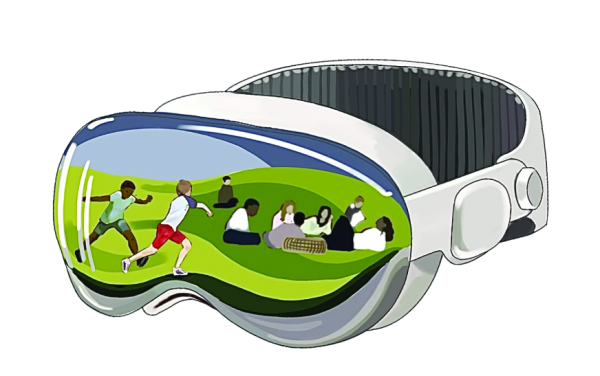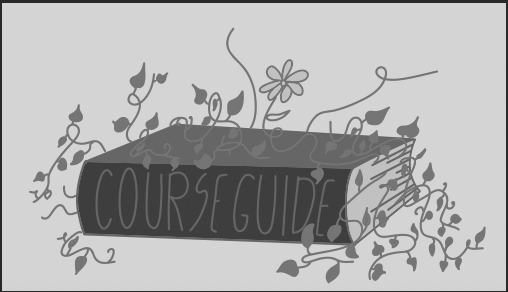Prioritizing course consistency
There is a clear absence of uniformity within courses.
March 1, 2022
When course selections become available each March, eager sophomores and juniors enroll in classes that offer them a chance to broaden their horizons and explore subjects they are passionate about.
As they determine their desired schedule for the upcoming school year, they are faced with critical choices: which electives they want to take, what subjects they value most and whether they will move up or down on an academic track. Students are divided into different teaching sections as their schedules are formed. The lack of uniformity between teaching styles leads to varying degrees of difficulty, different assignments and inconsistent methods of assessment across the same course.
Some teachers of Advanced Placement (AP) Calculus AB, for instance, assign online quizzes that can be retaken as many times as necessary until a perfect score is obtained, while others give quizzes only once on paper with no curve or retake to earn points back. The latter policy disadvantages students, as they have fewer opportunities to earn a higher grade after learning the same material. AP U.S. History’s (APUSH) inconsistencies extend beyond quizzes. While one section takes their only exam of the semester, another sits for their fifth written test after weeks of quizzes and consistently more assigned textbook reading.
As students attending an extraordinary educational institution, we should not negate the value of our teachers’ unique classroom environments. Teachers are the backbone of our school experience, and thankfully, our school is full of brilliant ones. It is unrealistic to expect that all classes will feel exactly the same when they are taught by different people, and it is up to us to adapt and appreciate the way we learn from the adults in the room.
But there is a clear absence of uniformity within courses; it often feels as though two APUSH students with different teachers are enrolled in two entirely different courses. This problem is a double-edged sword. Students who signed up for advanced classes but experience an easier version of them are disappointed, while those who receive comparatively harsher grading and more difficult assignments find the discrepancy unfair.
Teachers are free to determine the way they instruct their class, but students have no say in which teaching style would be most effective for them. If students continue not to have this choice, then courses must be similar in grading standards and syllabus.
The effects of this discrepancy will live on permanently in our college transcripts. When we apply to college, students’ transcripts will show that they took the same course as others who may have experienced such a modified version of it that the two are hardly comparable—but those students, having received a higher grade, may appear as more competitive applicants to colleges.
At the same time as we appreciate the distinctive excellence of our teachers, we must also ensure that students are not held to unattainable and inconsistent standards––that all students truly take the same courses whose impressive titles they selected carefully and enthusiastically from the vast curriculum guide.





































